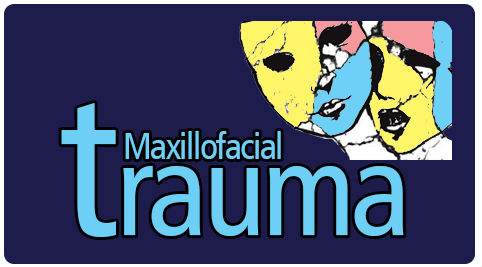Maxillofacial trauma
What is maxillofacial trauma?
Any injury to the head, neck or face region such as due to accidents, burns, scars, fractures of facial bones including eye region or bruising may be classified as maxillofacial injury cases. Here at Richardson Dental and Craniofacial Hospital, we have a state of the art team, which will provide care at maxillofacial trauma, right from the patient reporting to the center till the discharge.
What are the symptoms and signs of maxillofacial trauma?
The patient will have pain, swelling, redness, loss of function, inability to chew properly, the normal shape will be lost and there will be a disfigurement present.
How is the diagnosis made for maxillofacial trauma?
These injuries can be detected by a thorough clinical examination as well as with radiographic analysis such as OPG, CBCT to visualize the facial bones and the surrounding structures. It is essential to make a proper diagnosis of the case before planning any treatment or surgical procedure.
What are the treatment options for maxillofacial trauma?
The treatment options are varied and differ from case to case, however, the two treatment options remain constant. Either a conservative approach or a surgical approach is undertaken. The conservative management is undertaken if the fracture is minimally displaced and the occlusion or the bite of the patient is unaffected, however clinical as well as the radiographic examination is required to confirm the extent of the fracture or displacement before conservative management can be advised. The second type of treatment is surgical, the fracture can be fixed via surgery using screws and plates for fixation. The surgery is done intraorally in most cases, thus leaving no scar marks over the face postoperatively. The patient requires a minimal hospital stay and can resume his routine duties in no time.

Why is treatment important?
Immediate treatment is required because these fractures can lead to life-threatening hemogram and due to their close proximity to the airway can lead to airway compromise which can be fatal. The fracture or the facial injuries such as burns or lacerations must not be left untreated as they would result in ugly scars or deformed shape of the face but most importantly because the presence of these untreated fractures may lead to improper healing of the bones as well as scarring. All this can be easily avoided if we detect and treat the injury or fracture as soon as possible, thus increasing the chances of better postoperative recovery. However, old fractures and injuries to the facial skeleton can be treated as well.
Prevention is better than cure!
Many such injuries occur due to rash driving and also due to the non-usage of seat belts and helmets. Increased road safety awareness will go leaps and bounds in preventing such injuries.
We have radiographic machines including CBCT & OPG for the proper diagnosis of the problem in our hospital itself. Our craniofacial teams routinely deal with cases of maxillofacial trauma, thus rendering to the patient only the best possible treatment.

